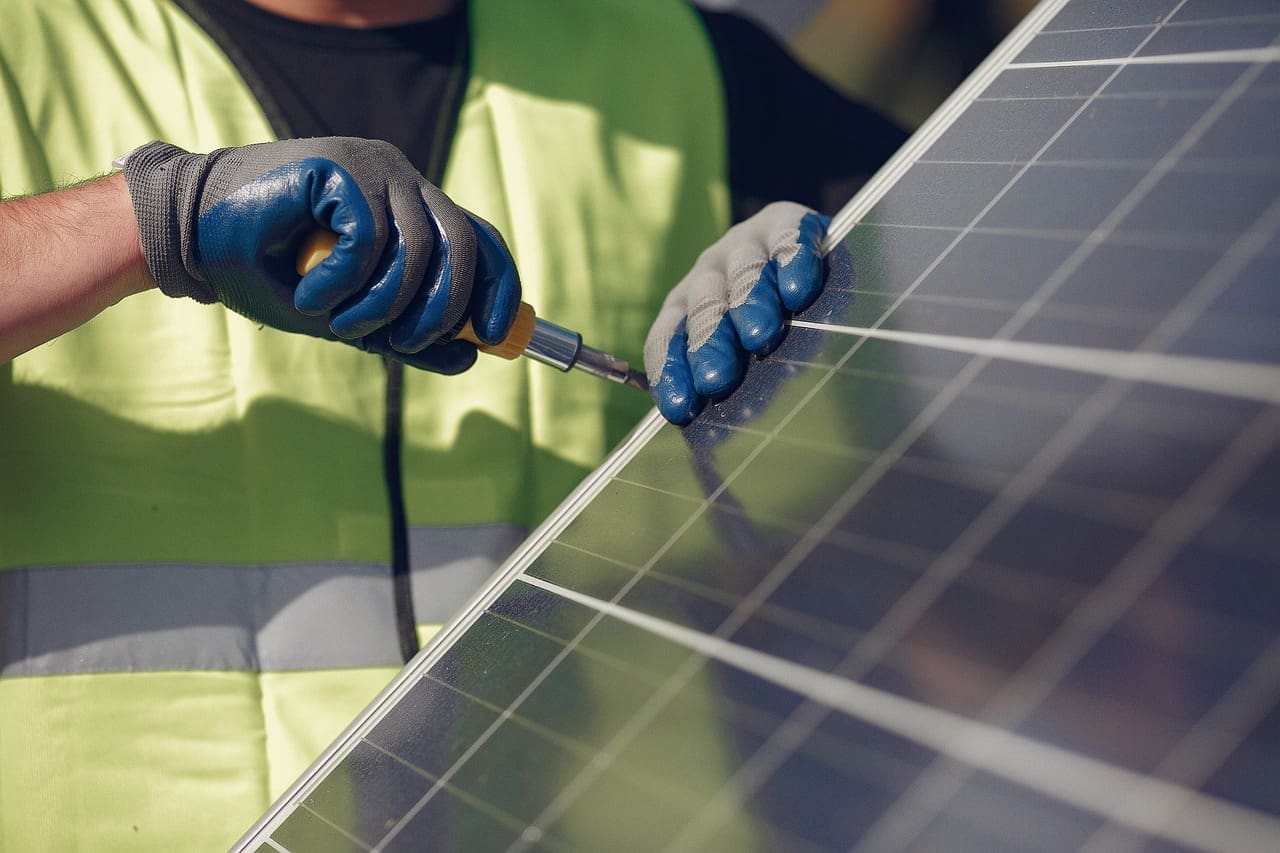Cheaper prices from overseas have long plagued domestic manufacturing, with no particular industry avoiding the negative impact. Because of the deluge of cheap prices circulating through the solar panel industry from Southeast Asia, U.S. trade officials have an additional barrage of tariffs on imported components. The decision comes as the second in a pair levied by the Biden Commerce Department in response to a trade case brought by Korea’s Hanwha Qcells, Arizona-based First Solar Inc., and an additionally concerned group of smaller producers who concerned with protecting billions in investments made in domestic solar manufacturing.
The group of small and large producers known as the American Alliance for Solar Manufacturing Trade Committee called foul play on Chinese solar panel makers with factories spanning from Malaysia and Cambodia to Vietnam and Thailand and accused the manufacturers of influencing a global price collapse by dumping an abundance of cheap products into the market.
The U.S. Commerce Department posted a decision on its website and calculated the dumping duties of between nearly 21 and 271 percent. Jinko Solar received duties of 21.31 percent for products manufactured in Malaysia and another 56.51 percent for those coming from Vietnam. Trina Solar of China received tariffs of 77.85 percent for components it manufactures in Thailand and 54.46 for those originating in Vietnam. Although Hanwha Qcells seemed to go unscathed with no dumping margins presented by the Commerce Department, a subsidy rate of 14.72 percent was published in October.
Decisions loom. The Commerce Department is scheduled to release its final determinations on April 18, 2025, and the International Trade Administration is finalizing its own determinations two months later, in June. Final orders are expected by June 9, 2025.
“With these preliminary duties, we are moving closer to addressing years of harmful, unfair trade and protecting billions of dollars of investment in new American solar manufacturing and supply chains,” said Tim Brightbill, partner at Wiley Rein and representing attorney to the petitioners.
The majority of solar panels installed throughout the United States are manufactured overseas, 80 percent of which come from nations named in the Commerce Department’s recent probe. Still, Jinko and Trina’s representatives were not available for comment.
Earlier in the year, the Biden administration publicized concern for China’s enormous investment in factory capacity for clean energy components. In his quest to rectify climate change damage, Biden implemented the Inflation Reduction Act, which includes incentives for domestic production of clean energy equipment and parts. These incentives, subsidies, and clean energy demand have catalyzed plans to build new solar factories to keep production inside the United States’ borders.
While President-elect Trump has publicized continual criticism of the Inflation Reduction Act and indicated its costs are not sustainable, he has also promised significant tariffs on a plethora of industries in hopes of protecting the best interests of the American workforce and revitalizing domestic manufacturing.
With Trump’s mantra to revitalize the oil and gas industry and promise an increase in activity, it remains to be seen how the clean energy industry will be fair even with the implementation of the promised tariffs. While promises have been made to drill and increase production, interest in the solar industry and its validity might experience an unexpected impact.
Nick Vaccaro is a freelance writer and photographer. In addition to providing technical writing services, he is an HSE consultant in the oil and gas industry with twelve years of experience. Vaccaro also contributes to SHALE Oil and Gas Business Magazine, American Oil and Gas Investor, Oil and Gas Investor, Energies Magazine and Louisiana Sportsman Magazine. He has a BA in photojournalism from Loyola University and resides in the New Orleans area. Vaccaro can be reached at 985-966-0957 or nav@vaccarogroupllc.com.






